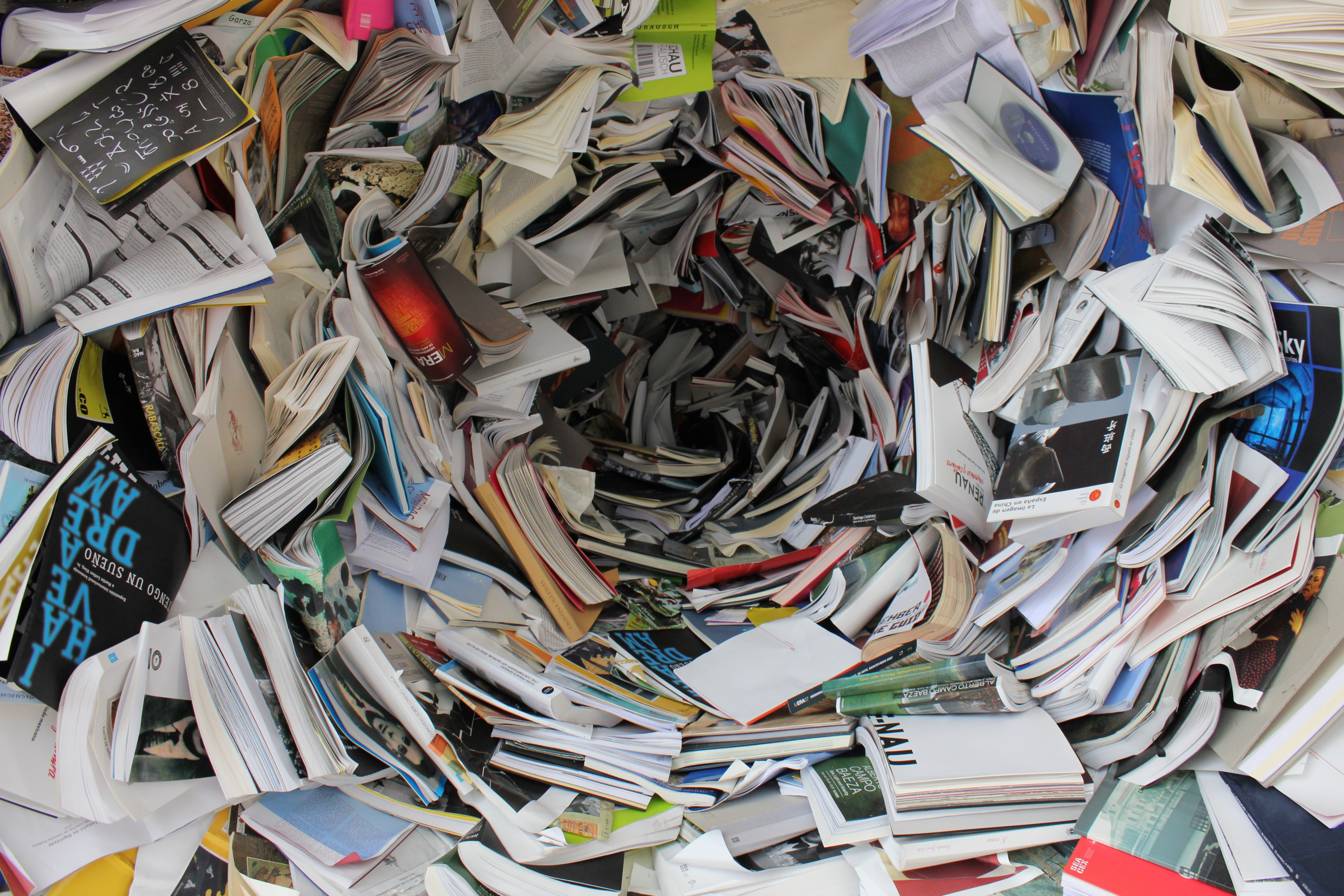
The paper industry is one of the UK’s major recyclers. With almost 10 million tonnes of paper consumed in the country each year, waste paper recycling rates have been growing and are currently estimated at 80% annually. In 2021, for example, paper and cardboard were the third most recycled materials in the UK after metal and glass, with a recycling rate of 70.6%.
It is predicted that paper recycling rates in the UK will keep soaring. This year (2022), DEFRA’s paper recycling targets are set at 83%.
Despite these encouraging figures, not everyone in the UK understands how paper recycling works. If everyone did, paper wastage practices would readily be replaced by more environmentally friendly recycling practices.
But there are good reasons for considering paper recycling important. Global and national efforts to save trees and other natural resources are an essential environmental concern. According to My Recycling Wales, one tonne of paper recycled saves us 17 trees, 4000 kWh of energy, a significant amount of water, and three cubic yards of landfill space each year.
What’s more, the trees, water, and energy consumption saved by recycling one tonne of paper can sustain an average three bedroomed house for an entire year, in addition to reducing the carbon footprint.
This article explores paper recycling in the UK by explaining how it works, what paper can or can’t be recycled, and where you can recycle paper near you.
What Types of Paper can be Recycled
There are 3 main types of paper that can be recycled: Mill broke paper, pre-consumer, and post-consumer waste.
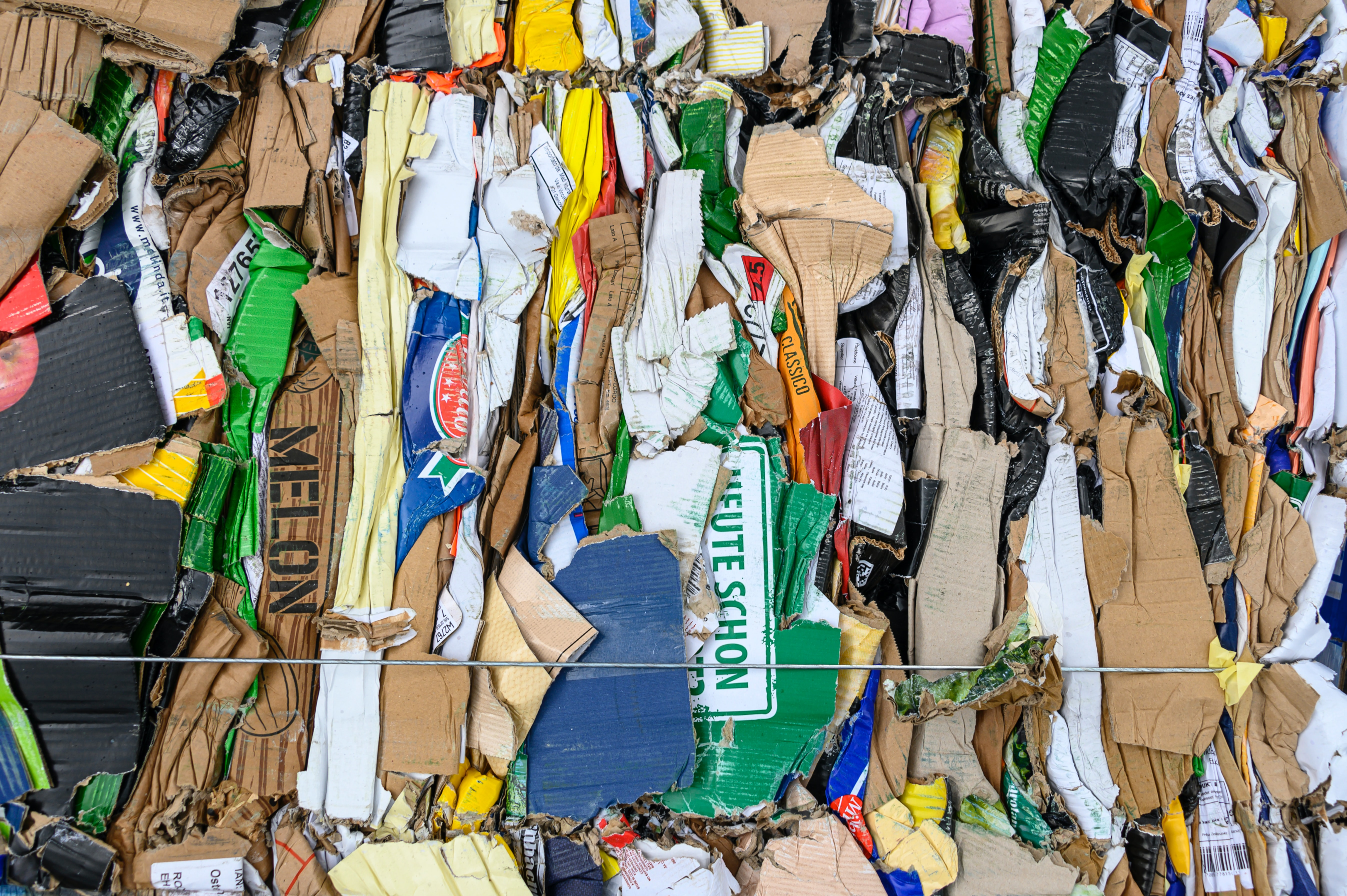
1. Mill broke paper
Industries produce paper waste during processing, known as mill broke. This is paper scrap generated at the wet part of the paper-making machine (wet mill broke) or at the dry end of the machine (dry mill broke). The scrap paper produced during processing is usually internally recycled at the paper mill to make new paper.
Some people do not consider the recycling of mill broke as true paper recycling since the waste paper has not yet left the paper mill.
2. Pre-consumer waste
Pre-consumer waste is paper that leaves the paper mill but is turned to waste paper before the consumer uses it. In other words, it returns to the paper mill for recycling without being used.
3. Post-consumer waste
Post-consumer paper waste is all the paper material discarded after the consumer uses it. Paper recycling services then collect this as part of waste management. The list of post-consumer recyclable paper is inexhaustible and includes:
- White paper.
- Coloured paper.
- Newspapers.
- Brown paper.
- Cardboard.
- Cereal boxes.
- Juice boxes.
- Toilet roll tubes.
- Photocopier paper.
- Junk mail, like flyers. Junk mail envelopes are harder to recycle as they contain plenty of glue or adhesive gum.
- Catalogues.
- Letters.
- Envelopes (including those with windows).
- Christmas cards (except those with foil, glitter or other embellishments).
- Leaflets.
- Magazines.
- Comic books.
- Adding machine tape.
- Directories.
- Manuals.
- Soft-cover books.
- Manilla paper.
- Receipts.
- Phone books.
You can search what type of paper is recyclable on online search sites such as recycleright.
Also, if you have paper that you aren’t sure you can recycle, do the “scrunch test” by crushing it in your hand. If the paper does not spring back, then it’s pure paper and is recyclable. If it springs back, it is likely contaminated and should be classified with the types of paper that cannot be recycled.
What Types of Paper Cannot be Recycled
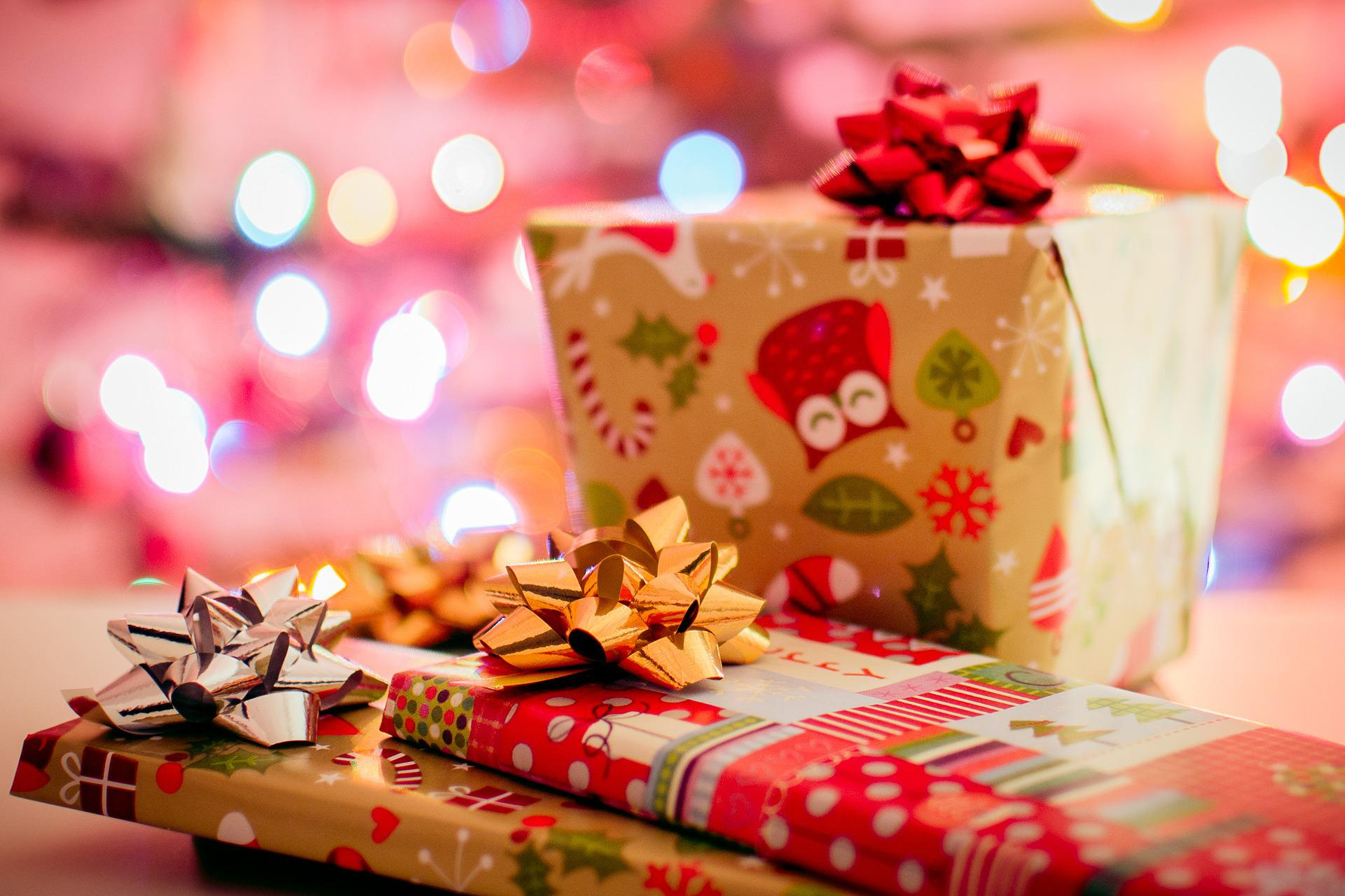
While the list of recyclable paper is endless, there are also many types of paper that cannot be recycled. The two main reasons paper loses its recyclability are contamination and damage to the paper fibres.
Specific types of paper that cannot be recycled include:
- Soiled paper (paper towels, tissue paper, paper with food contamination).
- Shredded paper. However, some businesses that shred paper, such as Russell Richardson, have a recycling strategy of baling and sending it to paper mills for recycling. Recycled shredded paper is used to make low-quality recycled paper products like toilet rolls and hand towels.
- Wrapping paper with glitter, metallic and textured finish, or lots of ribbons and Sellotape.
- Paper that’s treated, laminated, or coated with plastic, wax, or foil, such as shiny Christmas wrapping and shiny fax paper.
- Paper cups (most of these are soiled and have a plastic lining.
- Paper towels.
- Photo paper.
- Wet paper (water breaks down paper fibres).
- Grease-proof paper (freezer or parchment paper) is coated with silicone.
- Wax paper is coated with wax and, therefore, waterproof.
- Paper with paint, including paper with lots of glue, paper with crayon art, and paper with stickers and foam.
How to Recycle Paper
The paper recycling process happens in two major phases: Recycling by the consumer and recycling by paper waste management services.
Recycling by the Consumer

Paper is consumed at home, in businesses, and other organisations and institutions such as schools.
At home, recycling paper entails separating your used paper and disposing of it at kerbside collection points and other waste disposal points at supermarkets or paper recycling centres.
When recycling paper from your home, it is important to keep these tips in mind:
- Keep a paper collection bin next to your general waste collection bin to remind everyone in the home to recycle paper.
- Flatten cardboard boxes when recycling.
- If you are not sure what to recycle, visit your local council website and search for relevant information.
- Limit paper usage by using digital storage, digital books, printing on both sides, and avoiding paper plates and glasses, among other options.
Large businesses and organisations that produce paper waste can contract local waste management centres for commercial recycling service. Doing this will save business money in landfill tax and reduce environmental impact.
A commercial waste management business that provides paper recycling can offer uniquely tailored paper recycling services for an individual organisation or business. The cost of the recycling service will depend on the volume and frequency of paper waste collection.
Most commercial paper recycling services like businesswaste.co.uk also give you a free quote (no obligation quote) where you receive details on charges for their paper waste management service. Others offer free paper recycling bins and paper recycling advice.
Recycling by Waste Management Services
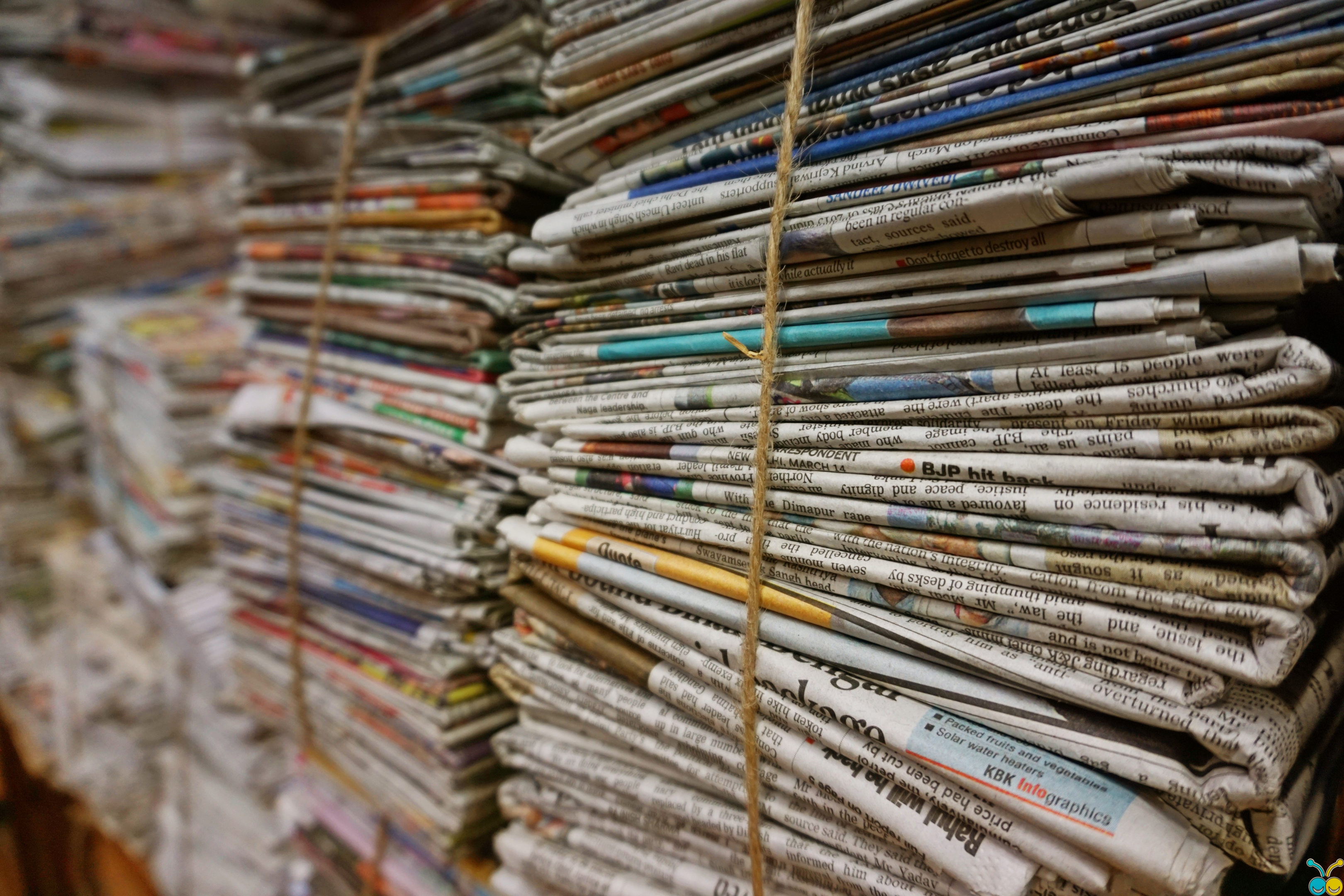
Once you deposit your waste paper, the waste management role passes to the paper waste management services. In this phase, the paper recycling process is realised in these 5 stages:
Stage 1: Collecting paper waste
Paper recycling services collect waste paper from kerbside collection points and other paper banks at schools, business premises, or local recycling centres.
Stage 2: Sorting and Grading
The paper waste collected from recycling points is taken to a recycling plant, where it is sorted by type and graded.
Stage 3: Washing
The paper is washed and then purified through filtering and flotation to remove any plastic film, ink, glue, or staples. It is then put into a large container and mixed with water to create a pulp. Adding different materials such as virgin pulp to the recycled paper pulp improves the quality of paper produced from the mixture.
Stage 4: Drying and Rolling
The pulp is dried and rolled into large thin sheets of new paper.
Stage 5: Distribution
The large thin sheets of recycled paper are cut and used for different purposes like making newspapers and books, printing, wrapping, or writing.
Where to Recycle Paper Near Me
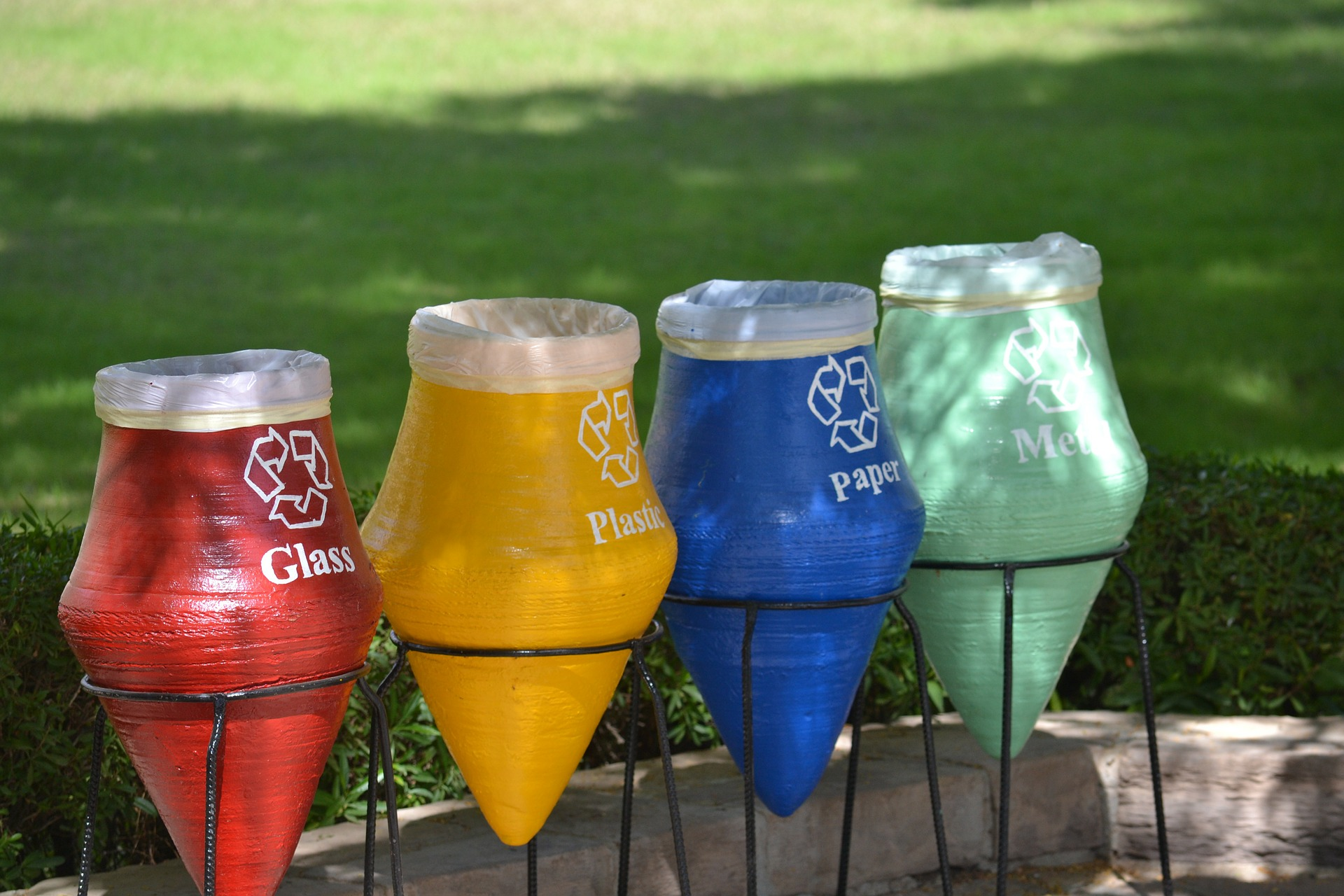
All local authorities in the UK have a recycling system for paper. These local councils have roadside paper recycling collections. As such, the best way to know where to recycle near you is to visit your local council’s website. Here, you can also find your local council’s specific waste recycling regulations.
Alternatively, you can visit the Recycling Collections page on the UK Government website. By entering your postcode, you can find out where to recycle paper and other current UK guidelines on recycling.
Plenty of paper collection banks can also be found at car parks, supermarkets, and retail parks in your area.
Many waste collection businesses and agencies in the UK also provide paper recycling online locators on their websites. See the one by recyclenow.com as an example.
Questions
There’s plenty of information about paper recycling in the UK, but a lot of us still don’t know the answer to some of the following questions. We’ve provided the answers for you.
What can paper waste be recycled into?
Depending on the quality, recycled paper can be recycled into a variety of new paper products, including:
- Office paper
- Newspapers and magazines.
- Hygiene paper products (hand towels, toilet papers and tissues, paper napkins).
- Cardboard.
- Greeting cards.
- Wrapping paper.
Can wrapping paper be recycled?
Wrapping paper is recycled as long as it does not have shiny, glittery, glossy, metallic, or decorative material. Waste paper with these features should be disposed of in the general waste bin.
Can you put small pieces of paper in recycling?
Not all businesses offering paper recycling services accept small pieces of waste paper. This is because the fibres in these paper pieces have become too short and weak for recycling. Small paper pieces usually end up in landfills.
How do I dispose of shredded paper?
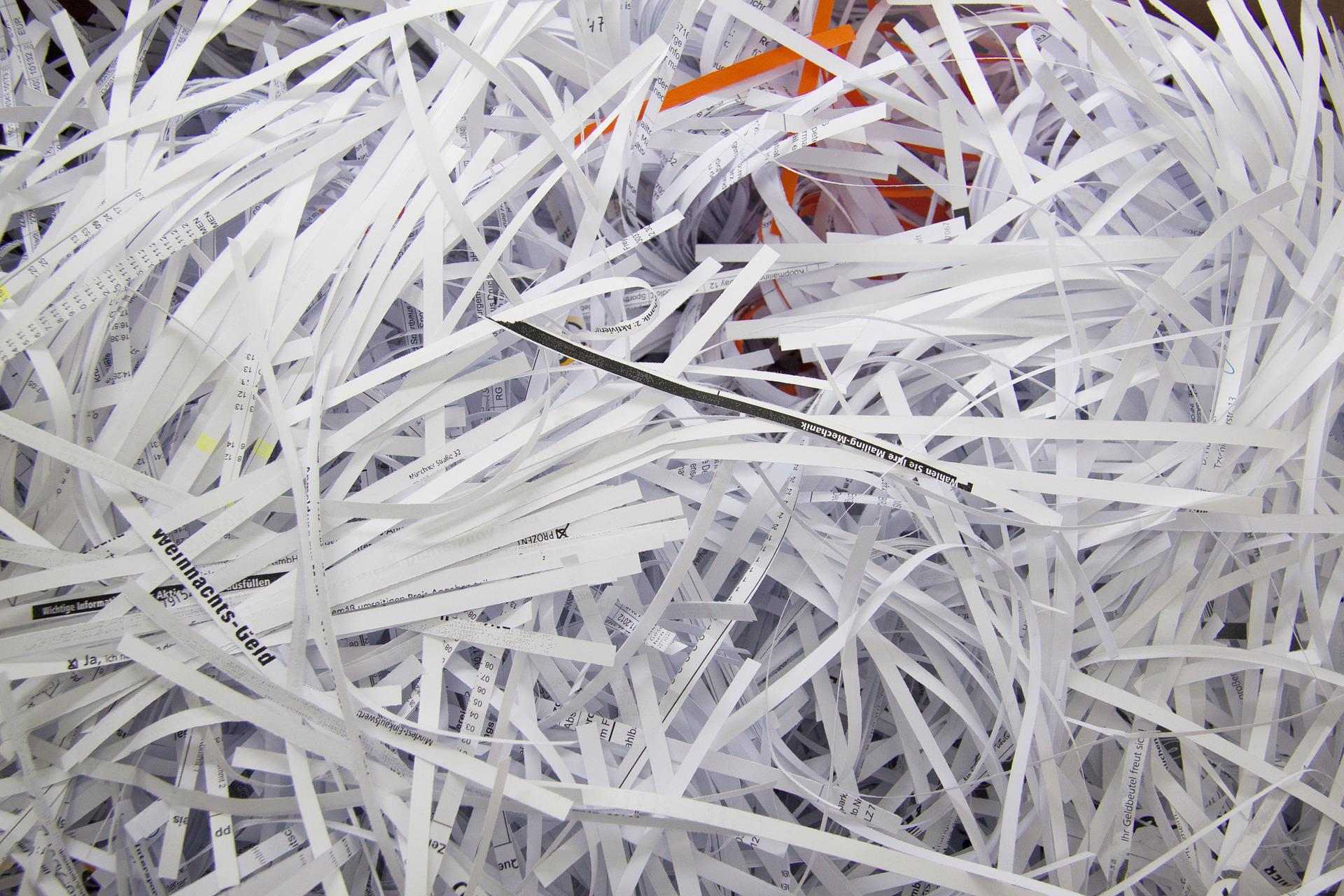
Generally, shredded paper should be disposed of in the general waste collection bin as it is not recycled in most local councils. Some local authorities allow shredded waste paper into the green garden waste disposal bin to be used for composting. However, there are many businesses in the UK that offer shredding services for financial data, confidential waste, and other sensitive data as well as recycle shredded paper.
Can you recycle colouring books?
Colouring books can be recycled as long as the colouring is not done with paint, crayons, or with very dark paint. Also, the colouring book should not have large amounts of glue, stickers, foam or glitter. The paper should not have been wet with water-based paint and should not be spiral bound.
Can you recycle sticker books?
Sticker books cannot be recycled because they contain plenty of adhesive. The quantity of adhesive in sticker books can cause problems and damage to paper recycling machines. Most stickers on these books are also coated with PET, silicon, or other types of plastic, which disqualifies the stickers as recyclable.
Can envelopes with plastic windows be recycled?
Yes. Envelopes with plastic windows are recyclable. The plastic in these envelopes is removed during the washing stage in the paper recycling process. Unclear plastic on envelopes windows can disqualify it for recycling.
Can magazines be recycled?
Yes. Magazines can be recycled at your local council kerbside or other waste management services. Ensure you remove any film or plastic bags before recycling magazines.
